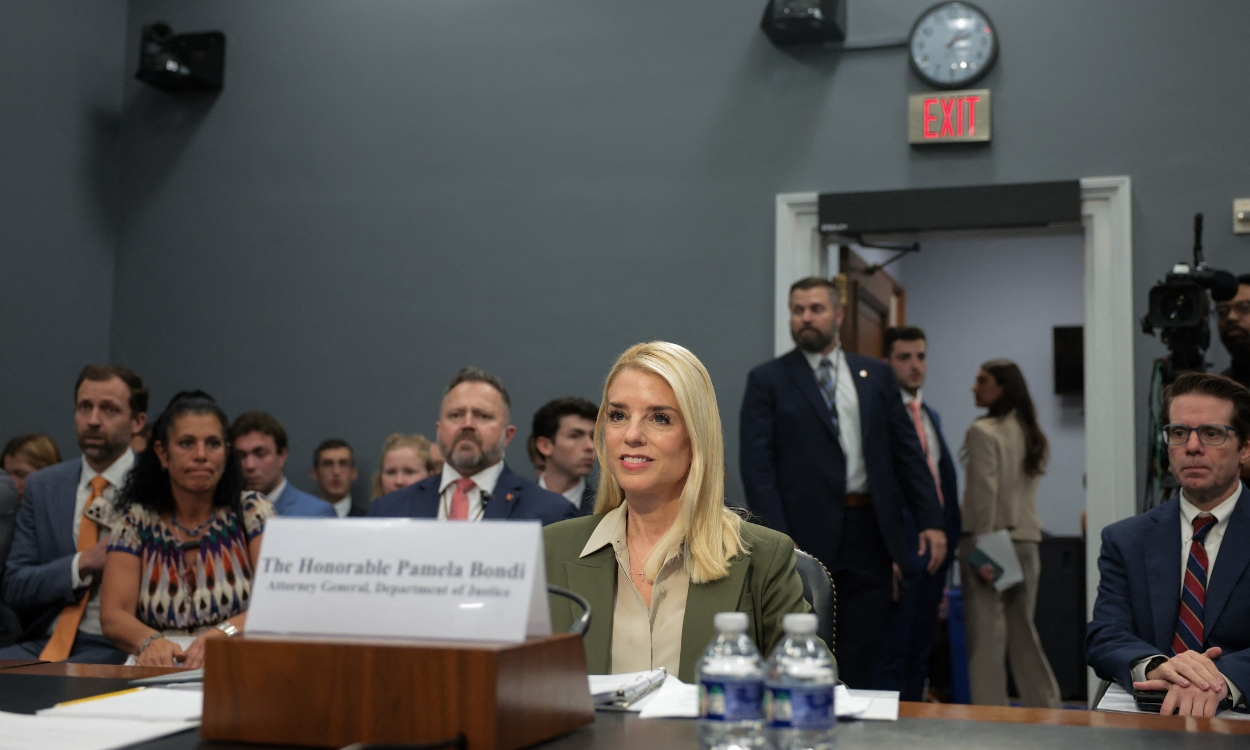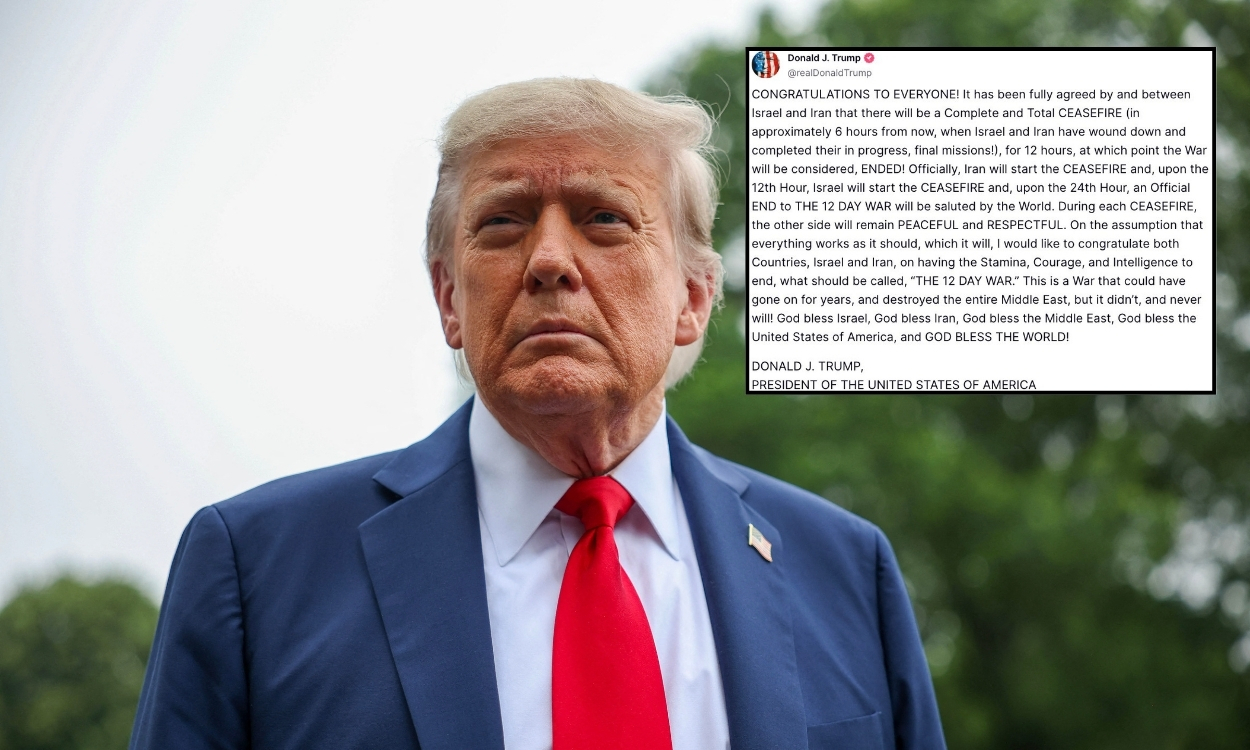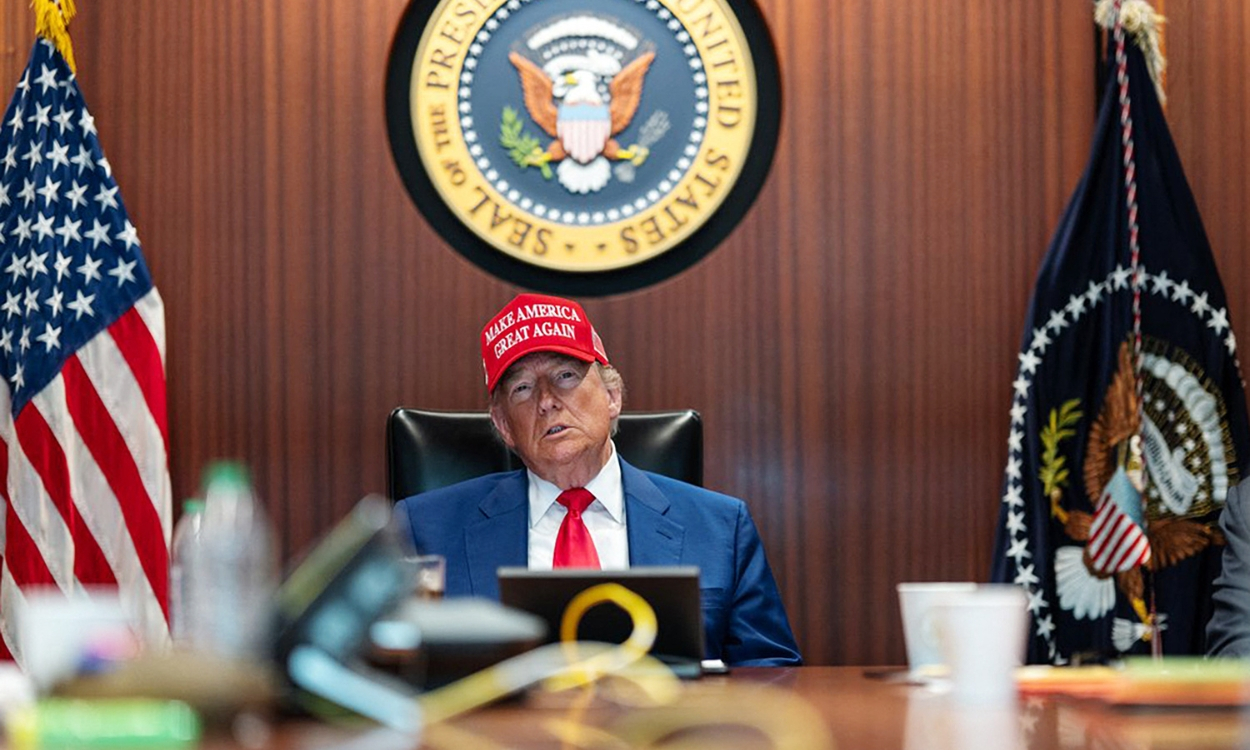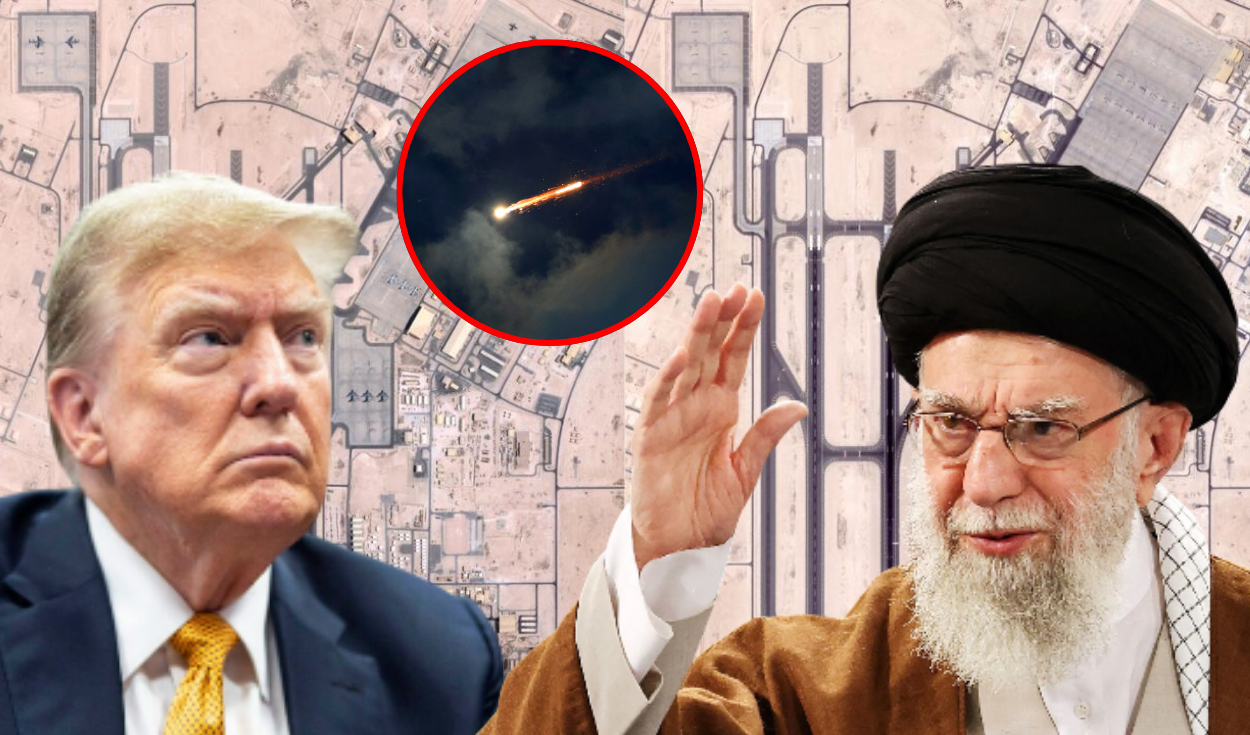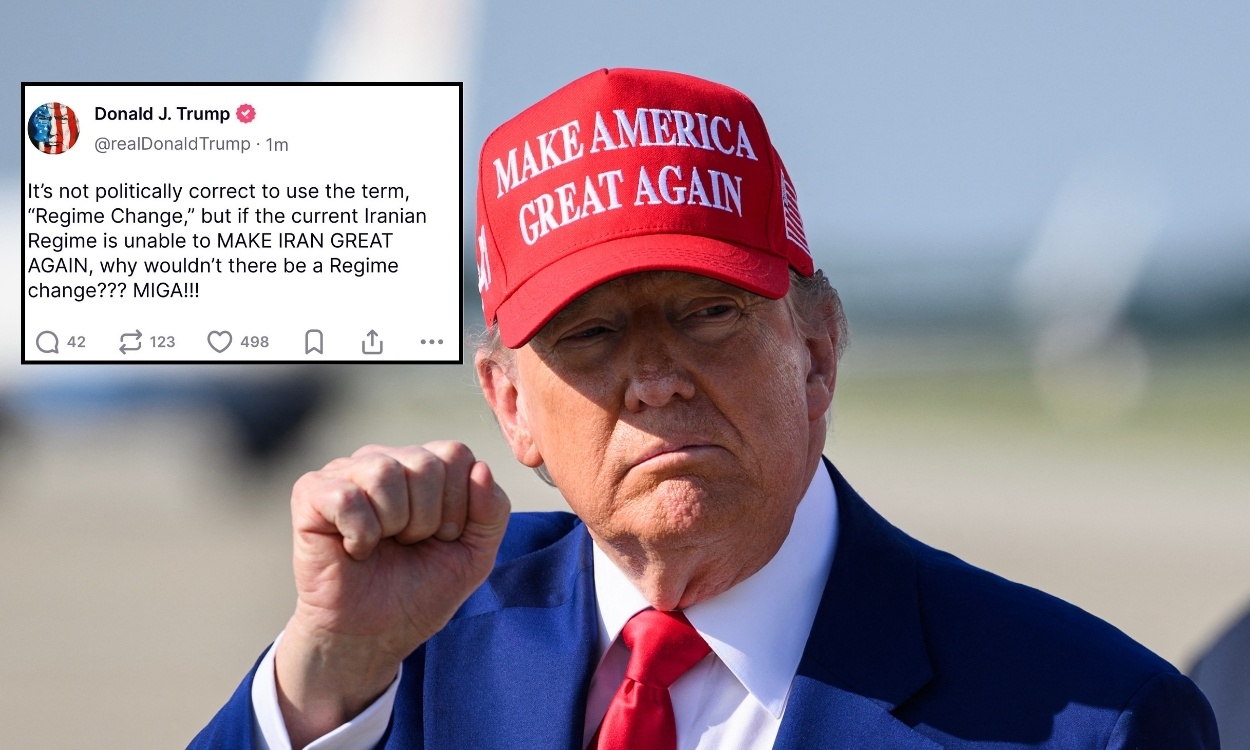Trump moves to dismantle the Department of Education with new executive order
President Trump’s new executive order aims to dismantle the Department of Education, raising concerns about the future of federal academic programs and the potential impact on students nationwide.
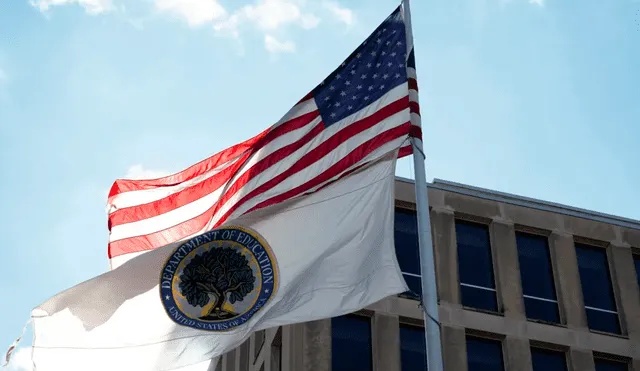
President Donald Trump is set to take bold action this week by directing Education Secretary Linda McMahon to dissolve the U.S. Department of Education through an executive order. This dramatic step seeks to fulfill Trump’s longstanding goal of transferring decision-making on learning systems to the states. Sources close to the draft reveal the order calls for McMahon to take all necessary steps “permitted by law” to close the division, although congressional approval is still needed.
The proposed closure of the unit has raised concerns about the future of national funding for schools. Critics argue that eliminating the department would jeopardize vital financing and accountability for students and institutions, especially in underfunded areas. As the debate unfolds, the potential impact on American schooling remains uncertain.

ALSO SEE: Glastonbury 2025 confirms Olivia Rodrigo and The 1975 as headliners for this year’s edition
Why is Trump pushing to close the Department of Education?
President Trump’s decision to dismantle the Department of Education is rooted in his long-term vision to reduce federal oversight and shift more control to governments. The official mandate outlines his belief that centralized authority has hindered the flexibility needed to address the diverse needs of local communities. By transferring educational governance to state hands, Trump plans to empower regional authorities to make decisions that best serve their populations. Secretary Linda McMahon, tasked with executing this order, acknowledged that while the president’s agenda can be initiated via executive action, final approval would require legislative support. "We’d like to do this right...That certainly does require congressional action," McMahon stated during her confirmation.
This move fits into Trump’s broader goal of limiting central influence, and while some argue it will grant more freedom to local regimes, others caution it could exacerbate inequalities in access to quality education across the nation. Critics argue that administrative intervention has been crucial in ensuring equity and accountability, particularly for underserved collectives.
How would McMahon’s leadership shape education reform?
Linda McMahon, chosen to lead the push for dismantling the Department of Education, is seen as the key figure to carry out President Trump’s idea. With her extensive experience as the CEO of World Wrestling Entertainment, McMahon is expected to disrupt the status quo. In a department-wide memo, she stated, “My vision is aligned with the President's: to send education back to the states and empower all parents to choose an excellent education for their children.” This focus on decentralizing control reflects the broader goal of returning power to local governments.
However, her management handles strong opposition, particularly from those who believe removing federal oversight could leave vulnerable students without critical protections and support. As McMahon attempts to steer this historic overhaul, detractors fear that her strategy could undermine essential projects that provide necessary resources to underserved societies. The future of American education is on the line, and McMahon’s ability to implement these changes will likely shape the landscape for years to come.
